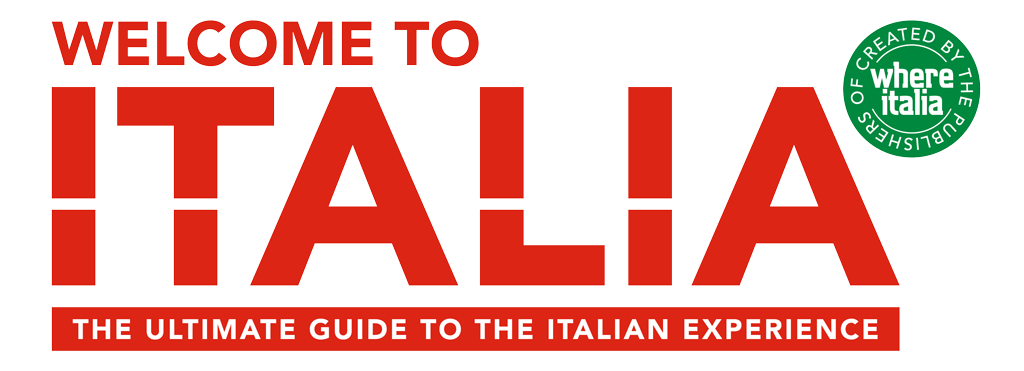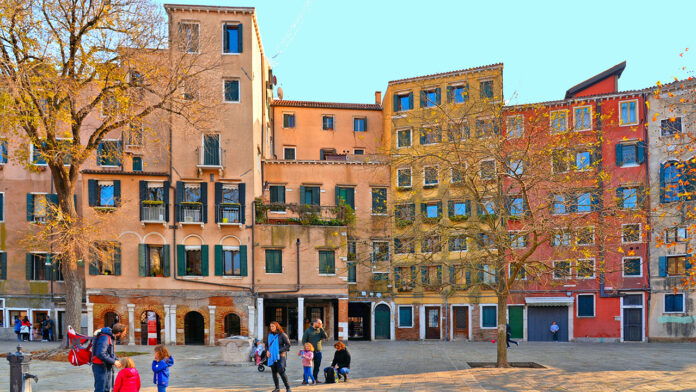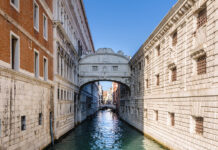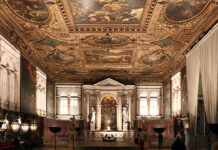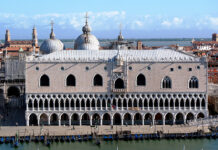The Jewish Ghetto in Venice is more than 500 years old and it’s the most ancient Jewish quarter in Europe (1516): a small world that has numerous charming corners just waiting to be discovered in the vibrant Sestriere Cannaregio.
The Venetian ‘Ghetto’ is now a vibrant neighbourhood where Jewish religious and administrative institutions are still headquartered today. The word ‘ghetto’ derives from the Yiddish pronunciation ‘geto’, the old Venetian word that indicated the ancient foundry on whose foundations the district was built. A walk through ‘calli’, ‘campi’ and ‘campielli’’ allows visitors to soak up its magical, old-world atmosphere. The more observant eye will notice its five ancient synagogues, the so-called “Schole” (each one built for every ethnic-linguist group inhabiting the ghetto) which due to being located on the top of pre-existing buildings are often difficult to recognize from the outside. However, once inside, they are revealed in all their splendour.
While the synagogues are the heart of the ghetto, its symbols are the turreted houses, the ancient workshops, the monuments dedicated to the Shoah, the writings and engravings describing the strict regulations that Jews were forced to observe and, even, the remains of the portals and gates, that were used to close the area and segregate its inhabitants. In fact, it was only after Napoleon seized the city, following the fall of the Serenissima, that the gates were torn down in 1797.
In Campo del Ghetto Nuovo, you can see three famous pawn shops: the Banco Verde, the Banco Nero and the Banco Rosso, which still features its ancient sign and is one of the main attractions in the area. Various places in the ghetto, including the synagogues, the Midrashim (places of study) and the old cemetery can be visited by the public thanks to guided tours organized by the city’s Jewish Museum, a small, but beautifully curated museum.




